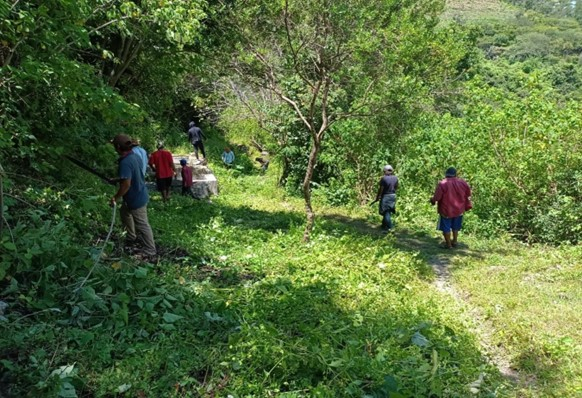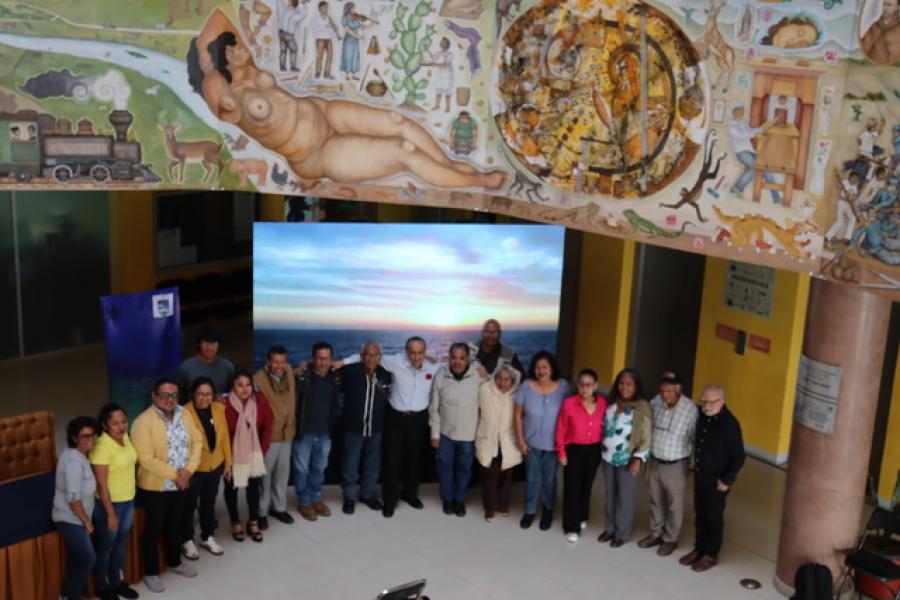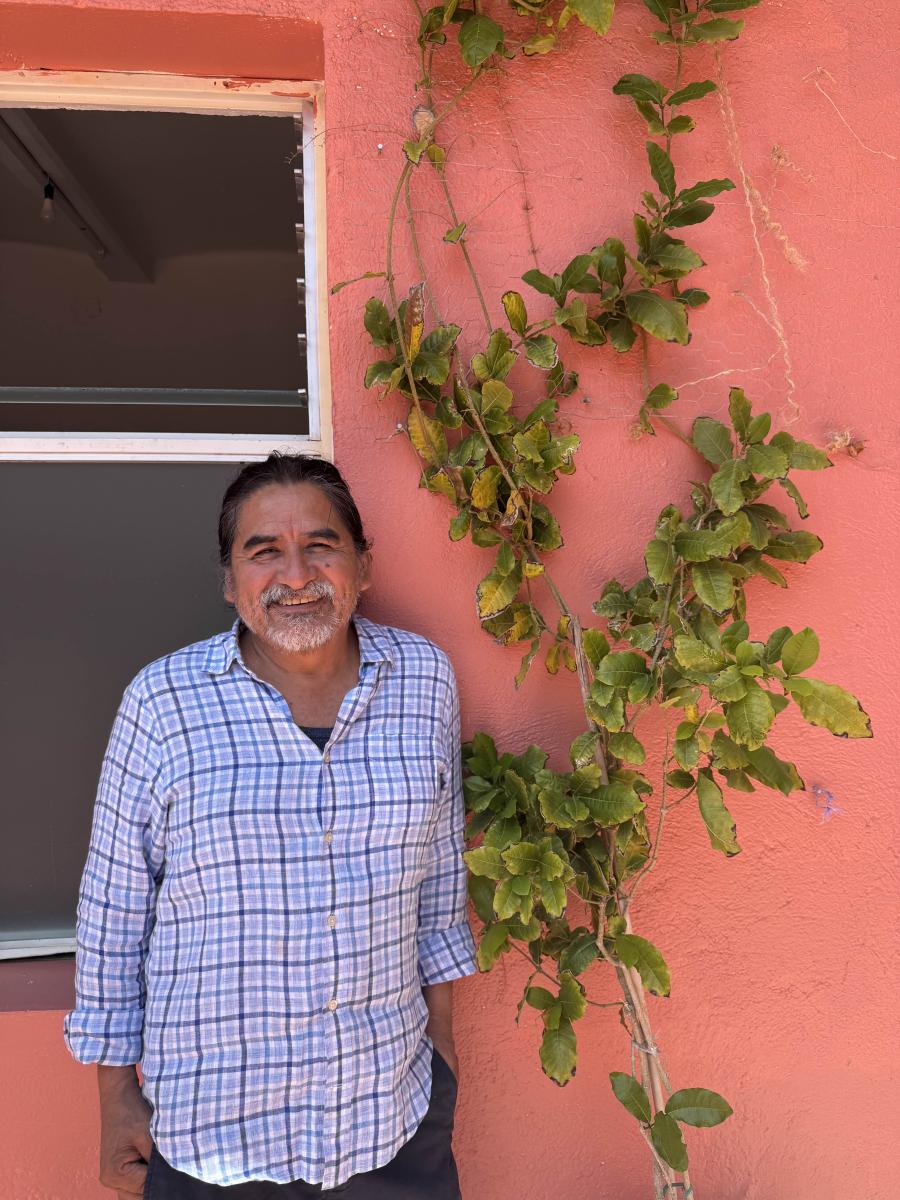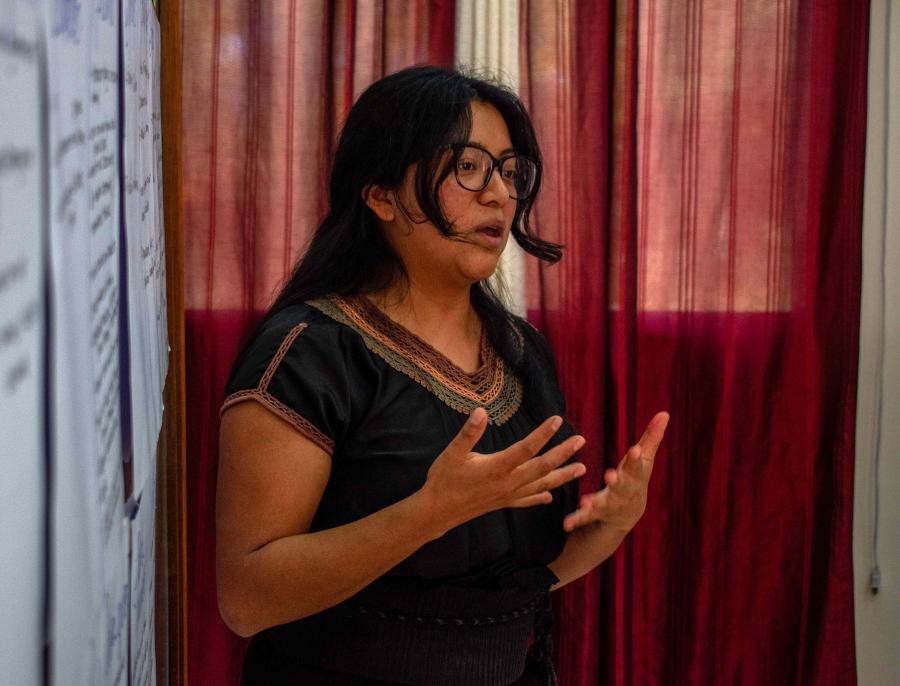
By Francesco Cricchio (CS Intern)
“We need to recover the places in which we once used to pray.” This strong voice comes from a small community of San Pedro Jilotepec, located in Oaxaca province, Mexico, where the Mixe Peoples are trying to restore parts of their traditional territory. They have lived with this land for more than 300 years, and recovering the areas in which they performed their ancestral ceremonies means rediscovering their identities as Indigenous Peoples.
World Habitat Day 2023: Reimagining Sustainable Cities
The theme of this year's UN World Habitat Day is “Resilient urban economies: Cities as drivers of growth and recovery,” and the focus is on finding sustainable models through which cities can regain their central role in driving economic growth that was lost during the pandemic. In other words, the goal is to increase the productivity of urban areas without affecting the environment, and, at the same time, to promote a circular green economy emphasizing processes that tackle food waste and prioritize local food production.
This year, World Habitat Day comes at a pivotal turning point for Indigenous communities worldwide, for whom a failure in the implementation of effective policies for environmentally sustainable economic growth will result in dependency, assimilation, and loss of traditional lands and ways of life. This is why it is vital to look closely at the concept of “habitat,” aiming towards a more holistic approach that prioritizes harmony among urban and non-urban settings.
Bio-Cultural Revitalization Among Mixe Peoples
For Mixe Peoples in San Pedro Jilotepec, the first step towards a reevaluation of their environment involved the drafting of a community territorial regulation document. The document is a study that the Mexican government carries out regularly with the goal of enhancing the productivity of the forest regions of the country with an approach that prioritizes reversing deforestation and improving the living conditions of the farmers. The results of the previous study in 2019 highlighted an ecological degradation caused by the socioeconomic activities of areas neighboring the region. The region of Oaxaca has also been hit hard by climate change; the frequency and intensity of the rains has changed, heat wave temperatures have risen, and new forest plagues have appeared, endangering and affecting the microclimate of some key areas in the community.
The places that have been affected the most are related to water, such as water springs and rivers. “The pila (a natural water spring) was very important when our community could not count on piped water,” recalls a Mixe Elder who remembers how, before the water pipes that connect the community to the city were built, there were mainly two places in the forest from which they could access clean water: the pila and the hierba santa (holy grass). These two places, together with ceremonial sites, represented the beating heart of the community, the places where the community used to gather and come together. Their deterioration would lead to abandonment, and therefore the loss of a central site for interaction for the Mixe.
Members of the San Pedro Jilotepec community resting in the shade after a day of work. The project saw the involvement of all the youth members of the community, as well as the great majority of the women.
Rescuing Traditional Knowledge and Ancestral Land: A Success Story
The Mixe Peoples of San Pedro Jilotepec have united to face the dangers confronting their habitat, working together and rescuing some of the fundamental places in their community. This meant reclaiming areas of their territory that had previously been abandoned, and also mapping their land and reinforcing their spiritual relationship with it. Through the process, they gathered and recovered the Traditional Knowledge that the Elders carried about the forest. They rediscovered how to use the resources granted by the environment in a sustainable way, and drafted a basic record of the biodiversity that characterizes the area. This knowledge has been digitally stored to ensure a lasting preservation of the information, which can easily be shared and accessed both by the community and by other organizations and institutions.
A Mixe woman cleaning a road. The Elder women of the community played a fundamental role in the realization of the project thanks to their knowledge of the land and of the region’s biodiversity.
Community Building through the Tequio
Community-led projects such as the one that was carried out by the Mixe Peoples are built on democratic mechanisms of decision-making. The Mixe took all the steps of implementation of the activities together in assemblies, reinforcing the bonds between members of the community and promoting dialogue. The process also inherently reaffirmed one of the core principles of the Mixe Peoples: that of tequio, which, in ayuuk, the traditional language of the Mixe Peoples, means volunteering for the sake of the community. Dedicating time to work together to improve the conditions for the whole community is highly valued among the Mixe.
One of the community-led assemblies
In 2022, the San Pedro Jilotepec Community received a Keepers of the Earth Fund (KOEF) grant to protect their territory. KOEF is an Indigenous-led fund within Cultural Survival, designed to support the advocacy and community development projects of Indigenous Peoples. Since 2017, KOEF has funded 310 projects in 41 countries, through small grants totaling $1,603,307, as well as provided technical assistance, which have benefited 328 Indigenous Peoples in total. KOEF provides grassroots Indigenous-led communities, organizations, and traditional governments to support their self-determined development projects based on their Indigenous values. Predicated on the United Nations Declaration on the Rights of Indigenous Peoples, Cultural Survival uses a rights-based approach in our grantmaking strategies to support Indigenous grassroots solutions through the equitable distribution of resources to Indigenous communities.
Top photo: The community at work in their ancestral land.



